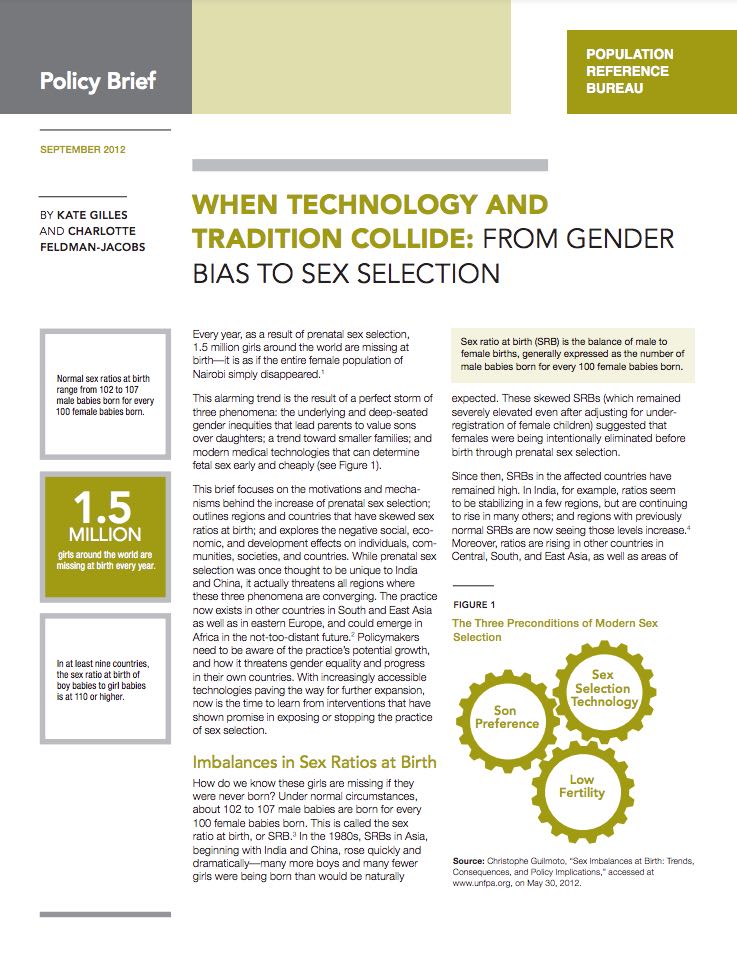Inaugural ACS on the Road Event Connects Texas Data Users With Census Bureau Staff
Are data users aware of all the resources offered by the American Community Survey? We went on the road in Texas to find out.

Are data users aware of all the resources offered by the American Community Survey? We went on the road in Texas to find out.

(2012) Every year, as a result of prenatal sex selection, 1.5 million girls around the world are missing at birth—it is as if the entire female population of Nairobi simply disappeared.
(2009) Religious diversity has been a defining characteristic of India's population for centuries. The country has no official state religion, but religion plays a central role in Indian daily life through its temple ceremonies, festivals, pilgrimages, family religious traditions, and the like. While Hinduism has been the dominant religion for several thousand years, Buddhism, Christianity, Islam, Jainism, and Sikhism have also flourished.

Project: PACE: Policy, Advocacy, and Communication Enhanced for Population and Reproductive Health
Collecting, analyzing, and using gender-related indicators in projects is critical to addressing many of the underlying challenges that communities around the world face, particularly in integrated Population, Health, and Environment (PHE) projects.

Project: PACE: Policy, Advocacy, and Communication Enhanced for Population and Reproductive Health
This year’s data include indicators on the status of women in key areas such as education, employment, and government. Looking at the numbers across the world, we can get a picture of women’s progress towards equality.

Project: Appalachia: Demographic and Socioeconomic Trends
ARC and PRB release new data revealing Appalachia’s economic improvements, key vulnerabilities compared to the rest of the U.S. economy
(2012) Remote rural communities in developing countries typically face the related challenges of extreme poverty, poor health, and environmental degradation. And population growth often exacerbates these challenges.
(2002) When it comes to creating a family, many young Japanese are dispensing with tradition. No longer compelled to live by their parents' mores, many are staying single longer and conceiving children before getting married.
(February 2012) Sprawling urban areas most obviously demonstrate the environmental impact of migration. Water scarcity, pollution, and lack of adequate housing are some of the more evident impacts of urban population growth.